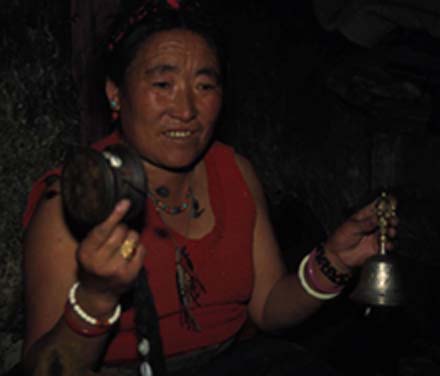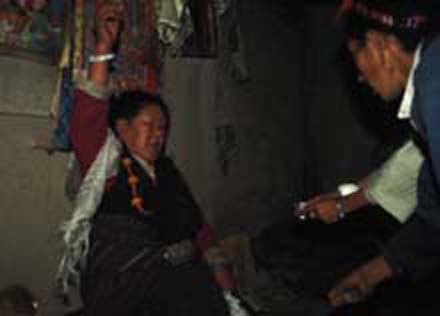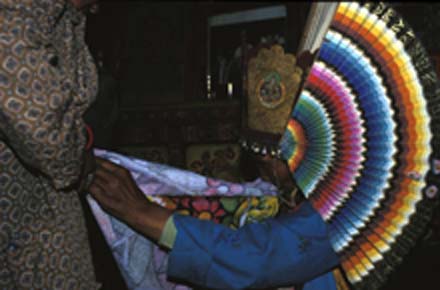
Gayle Shepardson, Chatham High School and Brian Newmark, Wayland High School
Depression: a cross-cultural examination
Depression: a cross-cultural examination
|
Shamanism
For more information: Link to Spirit Possession in the Himalayas - from Lewis & Riccardi, The Himalayas - a Syllabus, pages 221 and 222 . To gain a better understanding of the spirit world of the Himalayas, see this link to a table of life forces of the Yolmo people of Nepal - life force table - exerpted from Desjarlais, Body and Emotion. Photo gallery:
photos courtesy of Charles Ramble, 2006 |
||||||||||||||||
This site was created by Brian Newmark and Gayle Shepardson at the NEH Summer Institute "Cultures and Religions of the Himalayan Region," held at the College of the Holy Cross, Summer 2006



